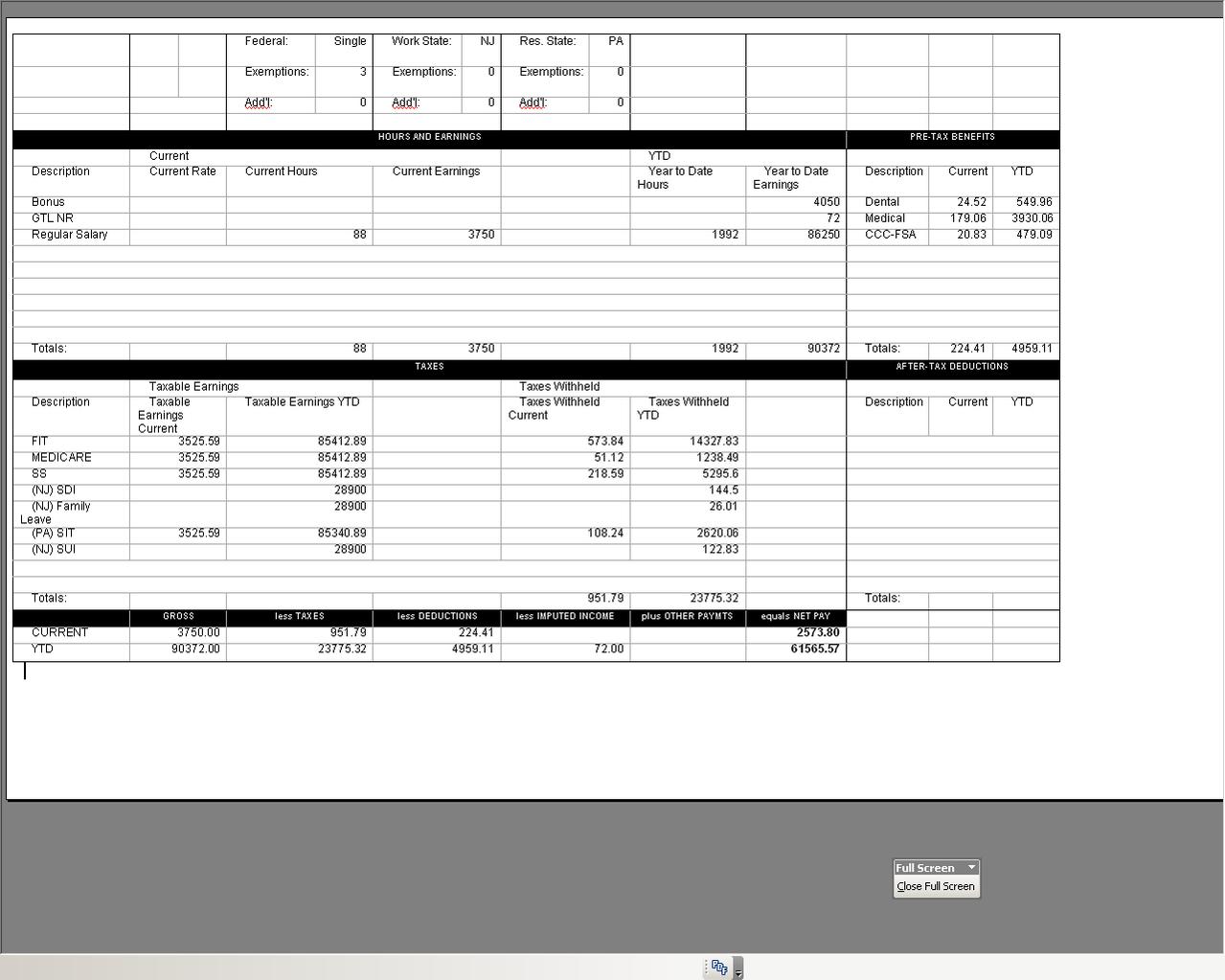Payroll
What to Do When Employee Withholding Is Incorrect
It's not hard to miscalculate employee tax withholding, especially if you do the calculations without the help of a software program. The rates may have changed without your knowledge – rates change at the first of every year, but there have been ...
Apr. 14, 2016

The IRS Form 941, Employer’s Quarterly Federal Tax Return, for the first quarter of 2016 is due on April 30. All employers are expected to file this form with the IRS unless they meet specific exceptions as employers of seasonal, household, or farm employees. Even if you didn’t pay any wages to your employees during the first quarter, you are required to file the Form 941.
But what happens if discover errors in your withholding as you prepare the form, or even after you file the form?
Under-Withholding
It’s not hard to miscalculate employee tax withholding, especially if you do the calculations without the help of a software program. The rates may have changed without your knowledge – rates change at the first of every year, but there have been times in the past where mid-year changes have occurred. If you’re not keeping on top of the payroll tax laws, you could find yourself withholding an incorrect amount.
The payroll charts can be confusing too – there are so many of them! Percentage vs. wage bracket charts, weekly/bi-weekly/semi-monthly/monthly, and then single vs. married – it can be overwhelming, especially if you have multiple employees that fall into different categories.
In addition, some of the payroll deductions your employees have can reduce the income that is subject to withholding, other deductions don’t have this effect. It’s no wonder employers hire payroll companies or purchase software to take care of the calculations for them.
If you are preparing your Form 941 and discover that you haven’t withheld enough tax from your employees, you can respond to the matter in a number of different ways.
- If you’ve under-withheld, you can catch up the missed withholding amounts in the months ahead by withholding additional from the employee’s check until the under-withholding has been corrected.
- You can ask your employee to reimburse you the under-withheld amounts so that you can correct the withholding and related tax payments. Should a disagreement ensue over a reimbursement (something that could happen if the employee is leaving the company on bad terms), the employer still has the responsibility to correct the withholding – particularly FICA withholding. If the employee refuses to reimburse the employer or allow the additional amount to be applied to future pay periods, the employer should report the additional tax he or she paid on the employee’s behalf in the employee’s W-2 earnings.
- You as the employer can make up the under-withheld amounts on your own and not charge the employee.
- You can reach agreement with your employee that under-withheld income tax will stand as is and the employee will be responsible for any underpaid taxes. You can also agree with your employee which of you will be responsible for any penalties arising from the under-withholding, but as this is the first quarter of the year, there is plenty of time to make up withholding to avoid a penalty situation.
Over-Withholding
- If taxes have been over-withheld, you can make a correction in future pay periods by withholding less than the amount calculated on the tables or charts.
- You can let the withholding stand as is. Over-withheld income tax will correct itself when the employee files a tax return.
- Over-withheld FICA should be corrected in future pay periods. If for whatever reason you have over-withheld FICA tax and want to leave it to the employee to request a refund, the employee will need to file Form 843, Claim for Refund and Request for Abatement, with the IRS.
